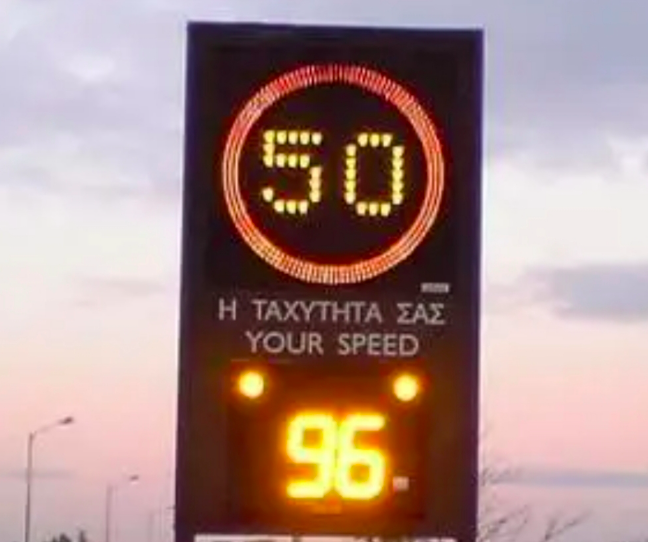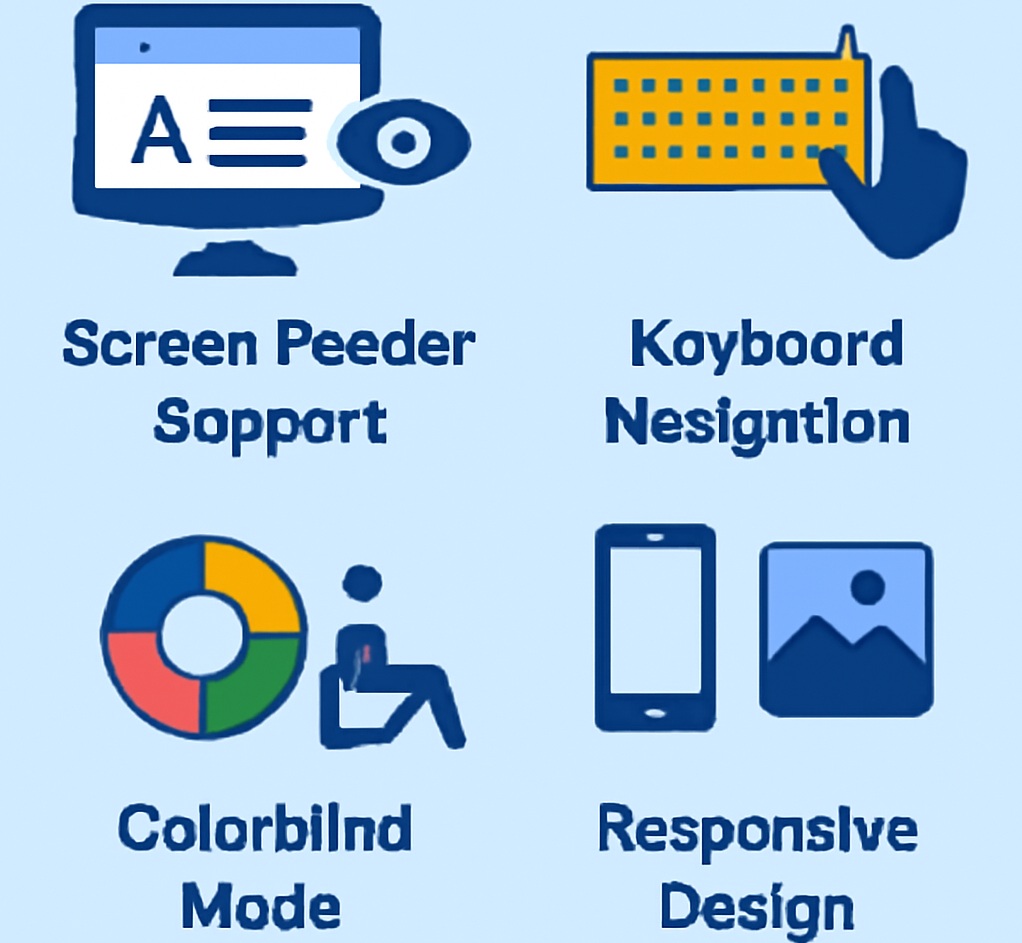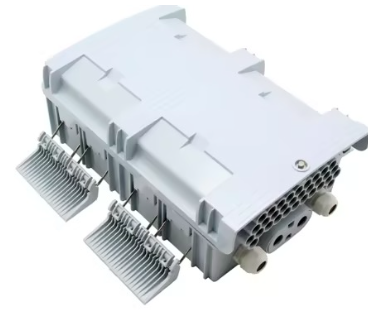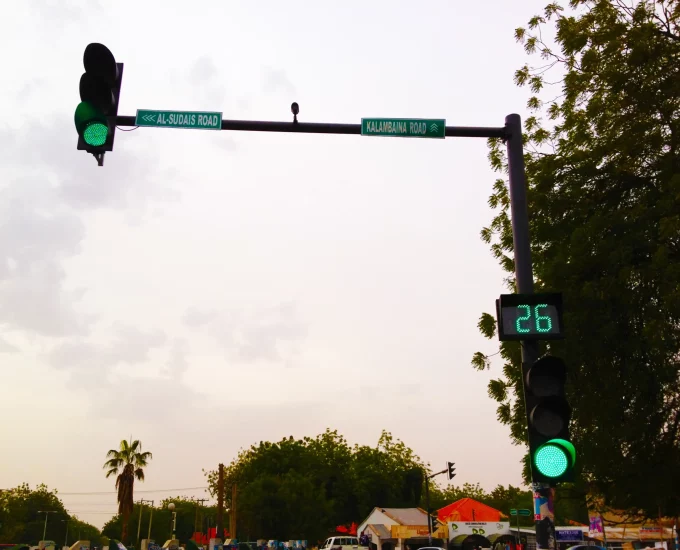目录
Cities face constant challenges in balancing safety, traffic efficiency, and community satisfaction. While traditional speed limits play an important role, many municipalities are turning to radar speed signs as a modern solution for managing driver behavior and reducing speeding.
These electronic signs not only display vehicle speeds but also influence drivers to slow down through real-time feedback.Understanding why cities increasingly prefer radar speed signs over older methods requires looking at both the practical benefits and the positive impact on local communities.
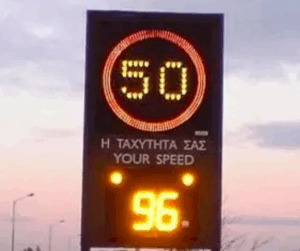
Improving Road Safety
- The most common reason cities install radar speed signs is to improve safety on busy or high-risk roads. Drivers often underestimate their speed, especially in residential neighborhoods, school zones, or areas with frequent pedestrian crossings.
- By providing immediate feedback, radar speed signs alert drivers when they are going too fast. Studies show that most motorists respond by reducing their speed, which lowers the risk of collisions.
- Unlike speed bumps or other physical measures, radar speed signs encourage voluntary compliance rather than forcing sudden slowdowns. This makes roads safer without creating discomfort for drivers or damage to vehicles.
- Cities view this as a balanced approach—encouraging safer driving habits without introducing unnecessary road hazards.
Building Community Trust
Citizens expect local governments to prioritize safety while keeping streets welcoming. When a city installs radar speed signs, residents see a clear effort to address concerns about speeding and reckless driving.
Parents near schools, for example, often push for visible safety measures. The presence of these signs reassures communities that city leaders are listening and acting.
In addition, radar speed signs create transparency by showing drivers exactly how fast they are going.
- Unlike hidden enforcement methods, these signs are visible and non-punitive.
- This helps build trust between the public and city officials, as the goal is to encourage safe driving rather than trap drivers with sudden fines.
Cost-Effective Alternative
Budgets are always tight, and cities must find solutions that deliver results without overspending.
- Compared to building permanent traffic-calming infrastructure or constantly deploying law enforcement officers, radar speed signs are relatively affordable. They require a one-time installation, occasional maintenance, and minimal ongoing costs.
- For smaller towns and communities, the financial savings are even more significant. Instead of funding additional patrol hours, officials can rely on radar speed signs to serve as continuous, automated reminders for drivers.
This cost-effectiveness makes them appealing across municipalities of all sizes.
Supporting Law Enforcement
- While radar speed signs do not replace law enforcement, they complement police efforts by reducing the overall number of speeding incidents.
- Officers can then focus on more serious violations or emergencies.
- In areas where enforcement resources are limited, radar speed signsact as an extra layer of deterrence.
- They also provide useful data. Many models track vehicle speeds and traffic volumes, offering cities insights into driving patterns.
- Law enforcement can use this data to identify high-risk areas, plan patrols more effectively, or present evidence when requesting additional funding for safety projects.
Flexibility in Different Locations
Another reason cities choose radar speed signs is their flexibility. They can be installed permanently in high-priority zones, such as school districts or dangerous intersections, or used in a portable format to address temporary concerns.
- Construction zones, seasonal traffic areas, or event venues often benefit from these movable signs.
- This adaptability ensures that cities get the most value from their investment.
Instead of building permanent infrastructure that might not be needed long-term, radar speed signs can be relocated as priorities shift. That makes them a practical option for changing urban environments.
Positive Influence on Driver Behavior
Unlike fines or tickets, which may cause frustration, radar speed signs use psychology to promote safe driving.
- When drivers see their actual speed displayed, especially highlighted in bright lights when exceeding the limit, they feel motivated to correct their behavior. Over time, this repeated interaction creates long-term habits.
- For young or inexperienced drivers, the effect is even stronger.
- Seeing their speed compared to the posted limit helps them develop an instinct for responsible driving.Cities benefit not just from immediate compliance but from encouraging better driving culture overall.
Simple Energy Use and Easy Connection
Many radar speed signs today come with energy-saving features, including solar power options. This reduces operational costs and fits with local goals of keeping expenses low and solutions practical.
Some signs can also be connected with other traffic systems, allowing cities to monitor speed information in real time. Having this data helps with planning road improvements or adjusting traffic rules.
These straightforward connections make radar speed signs easy to use as part of wider traffic management.
Conclusion
The decision to install radar speed signs comes down to more than just managing speed—it’s about improving safety, building trust, and investing in cost-effective, adaptable solutions.
As more municipalities focus on safer and more practical ways to manage traffic, radar speed signs stand out as a reliable choice.
By addressing immediate safety concerns while supporting long-term community needs, radar speed signs continue to prove their value on streets across the country.
0
